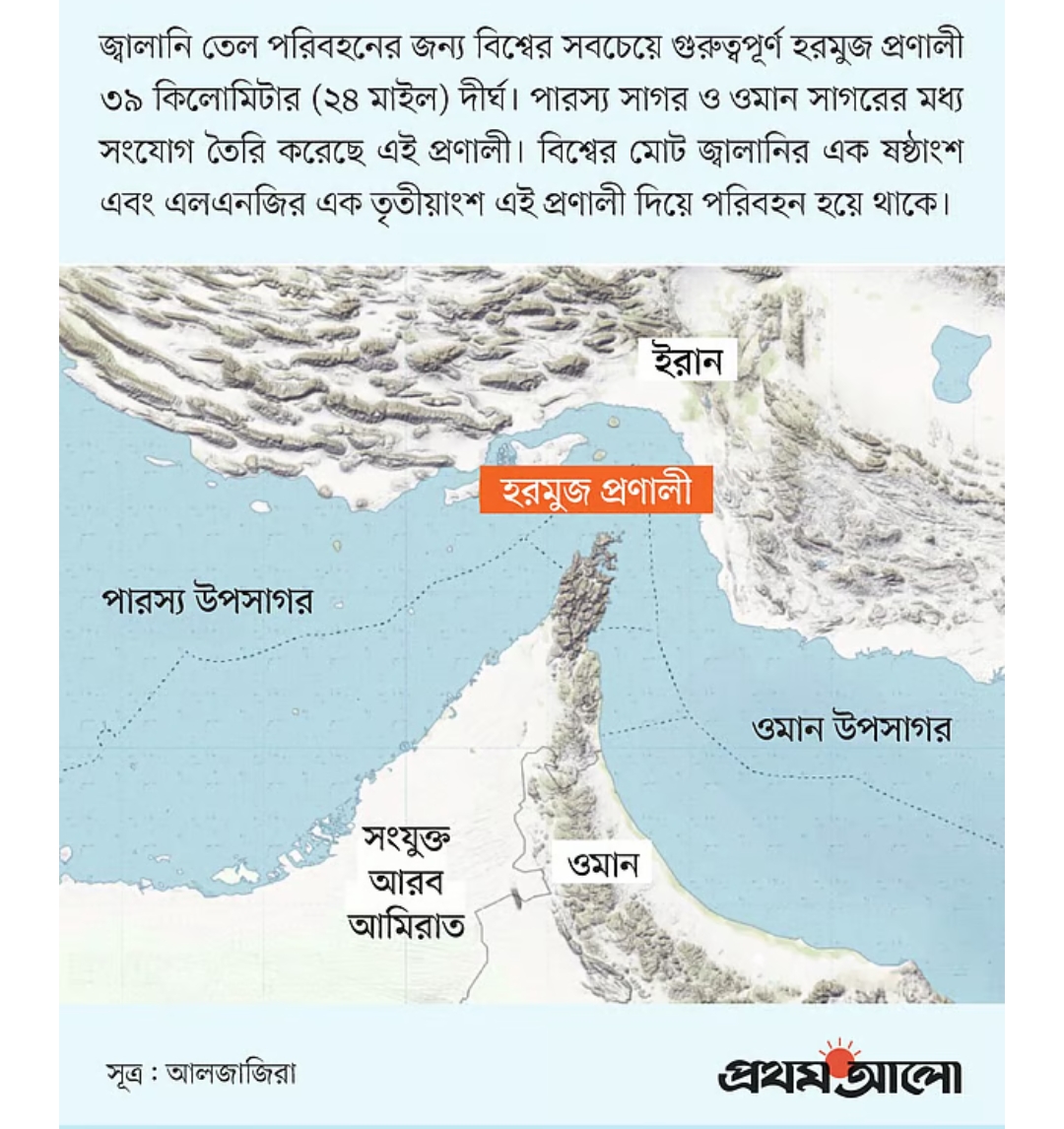Desk Report,
Two oil tankers return from Strait of Hormuz
Tensions have spread in the Strait of Hormuz after the US airstrikes on Iran. It has also started to affect shipping. According to a report by the US media Bloomberg, two oil tankers have returned from the Strait of Hormuz after the US attack on Iran. In such a situation, the ships have a tendency to avoid the Strait of Hormuz. Based on shipping information, the Bloomberg report said that two empty supertankers named ‘Coswisdom Lake’ and ‘South Loyalty’ entered the Strait of Hormuz on Sunday, but they suddenly changed their destination. Each of the two ships is capable of transporting about two million barrels of crude oil.
Two oil tankers return from Strait of Hormuz
Bloomberg also said, ‘The return of the ships is seen as the first indication that alternative routes to the Middle East will begin amid the ongoing tension. Ship owners and traders are carefully monitoring the impact of the ongoing crisis on supply and transportation systems.’
The Strait of Hormuz is the only maritime entrance to the Persian Gulf. Iran has repeatedly threatened to close the route. According to the US Department of Energy, about 20 percent of global oil supplies pass through the Strait of Hormuz, which the agency calls “the world’s most important energy transport route.”
Tensions have spread in the Strait of Hormuz after the US airstrikes on Iran. It has also started to affect shipping. According to a report by the US media Bloomberg, two oil tankers have returned from the Strait of Hormuz after the US attack on Iran. In such a situation, the ships have a tendency to avoid the Strait of Hormuz. Based on shipping information, the Bloomberg report said that two empty supertankers named ‘Coswisdom Lake’ and ‘South Loyalty’ entered the Strait of Hormuz on Sunday, but they suddenly changed their destination. Each of the two ships is capable of transporting about two million barrels of crude oil.
Bloomberg also said, ‘The return of the ships is seen as the first indication that alternative routes to the Middle East will begin amid the ongoing tension. Ship owners and traders are carefully monitoring the impact of the ongoing crisis on supply and transportation systems.’
The Strait of Hormuz is the only maritime entrance to the Persian Gulf. Iran has repeatedly threatened to close the route. According to the US Department of Energy, about 20 percent of global oil supplies pass through the Strait of Hormuz, which the agency calls “the world’s most important energy transport route.”



